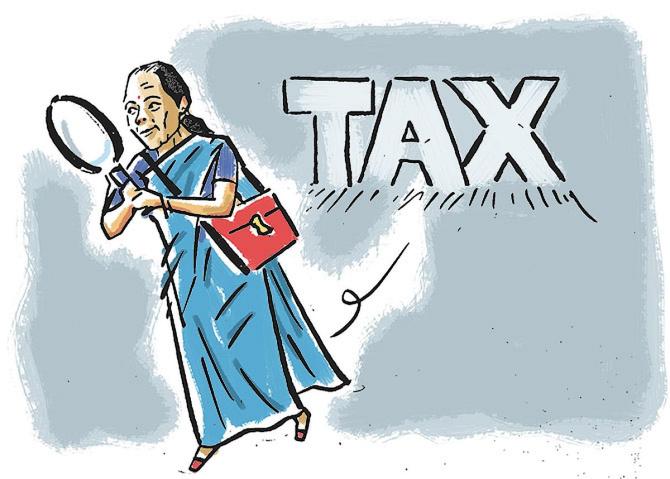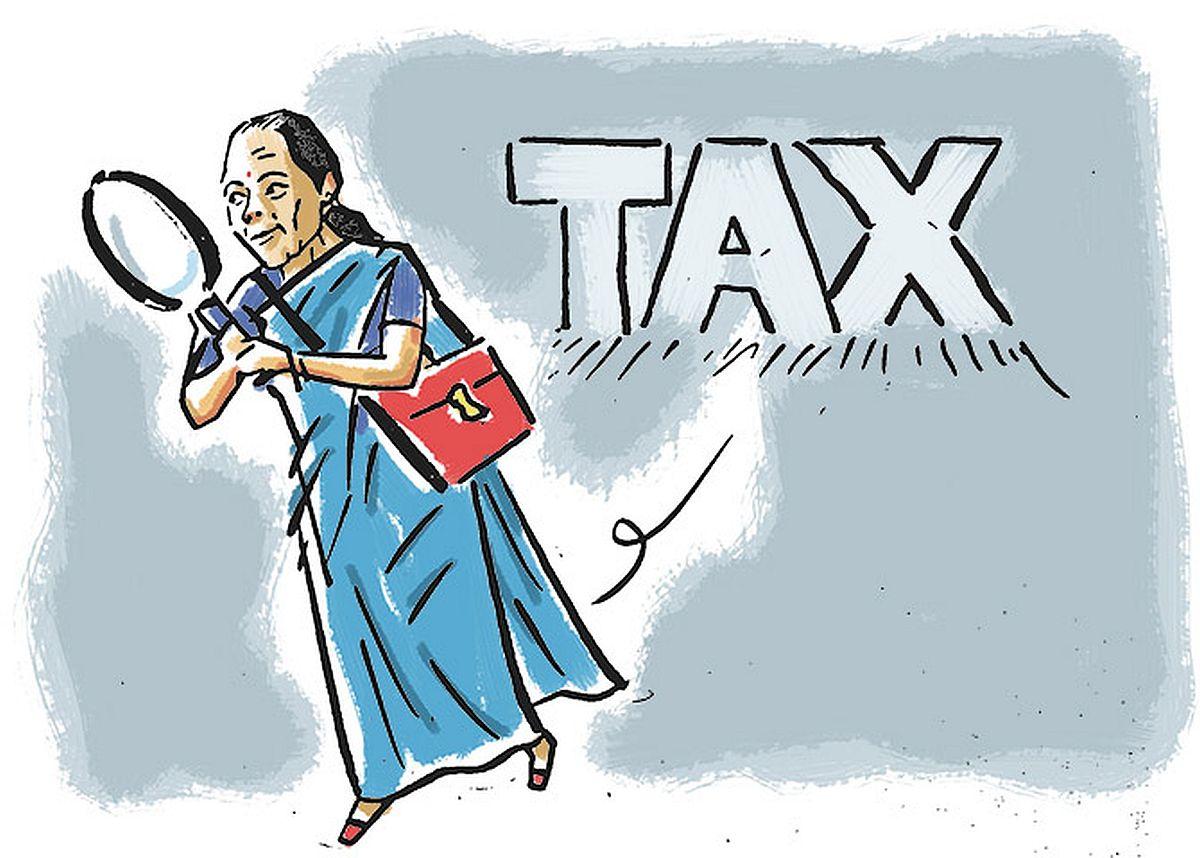Aug tax mop-up gives boost to govt finances
The Union government’s finances witnessed significant improvement in August after a stressful first four months of the current fiscal year.

India’s gross tax revenue, comprising both direct and indirect taxes, for the first five months of 2023-24 surged 16.5 per cent year-on-year (Y-o-Y) to Rs 11.8 trillion.
During the April-July period, gross tax revenue increased by a mere 2.8 per cent compared to the Budget Estimate of 12.1 per cent growth for FY24.
Lower nominal GDP growth of 8 per cent in the June quarter against the government’s target of 10.5 per cent for FY24 had raised concerns over the government achieving its revenue collection targets.
Data released by the Controller General of Accounts (CGA) showed net tax receipts to the Centre expanded by 14.8 per cent to Rs 8.04 trillion during the April-August period, or 34.5 per cent of the Rs 23.3 trillion full-year target.
The year-on-year increase in revenue in August was driven by both higher tax collections, particularly direct taxes, and lower tax devolution to states.
Economists Paras Jasrai and Sunil Kumar Sinha of India Ratings in a research note stated that the 38.5 per cent of the budgeted gross tax revenue collections in FY24, so far, is the highest since 1997-98 for which period monthly data is available.
“Barring Union excise duties, growth of all other tax revenue heads is higher than the budgeted growth,” they added.
The Centre’s total receipts, including revenue receipts and non-debt capital receipts, grew 21 per cent to Rs 10.29 trillion during the April-August period, with corporate and income tax collections up 15 per cent and 36 per cent, respectively, compared to the same period a year ago.
Non-tax revenue remained robust in April-August, up 79.4 per cent to Rs 2.09 trillion, mainly due to a larger-than-expected dividend transferred by the Reserve Bank of India (RBI) in May.
For April-August, the Centre’s capex was 48 per cent higher at Rs 3.74 trillion, helping push up total spending by 20 per cent to Rs 16.71 trillion.
Of total expenditure, Rs 12.97 trillion is on revenue account and Rs 3.73 trillion is on capital account.
Of total revenue expenditure, Rs 3.67 trillion is on the account of interest payments and Rs 1.80 trillion is on major subsidies.
The overall revenue position may provide the government confidence in meeting this FY’s fiscal deficit target of 5.9 per cent of GDP.
The government’s fiscal deficit widened to Rs 6.43 trillion in April-August and this accounts for 36 per cent of the full-year target; last FY, this figure was 32.6% of the full-year target.
“Overall, we see limited fiscal concerns at this stage, as corroborated by the unchanged market borrowing numbers for October 2023-March 2024, relative to the amount indicated in the Budget Estimates,” said Aditi Nayar, ICRA’s chief economist.
The finance ministry kept its market borrowing target for the second half (October-March) of FY24 unchanged at Rs 6.55 trillion.
However, experts cautioned about lower divestment proceeds.
“The two weak points in FY24 fiscal arithmetic even at the time of presentation of the Budget were low revenue expenditure growth and divestment assumption.
“On the receipts side, disinvestment is turning out to be a damp squib and may pose some risk to the Union government’s finances,” Jasrai and Sinha stated.
For all the latest business News Click Here

